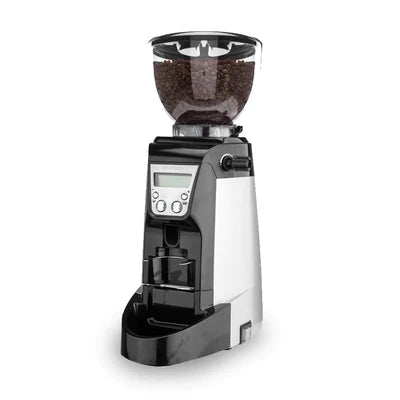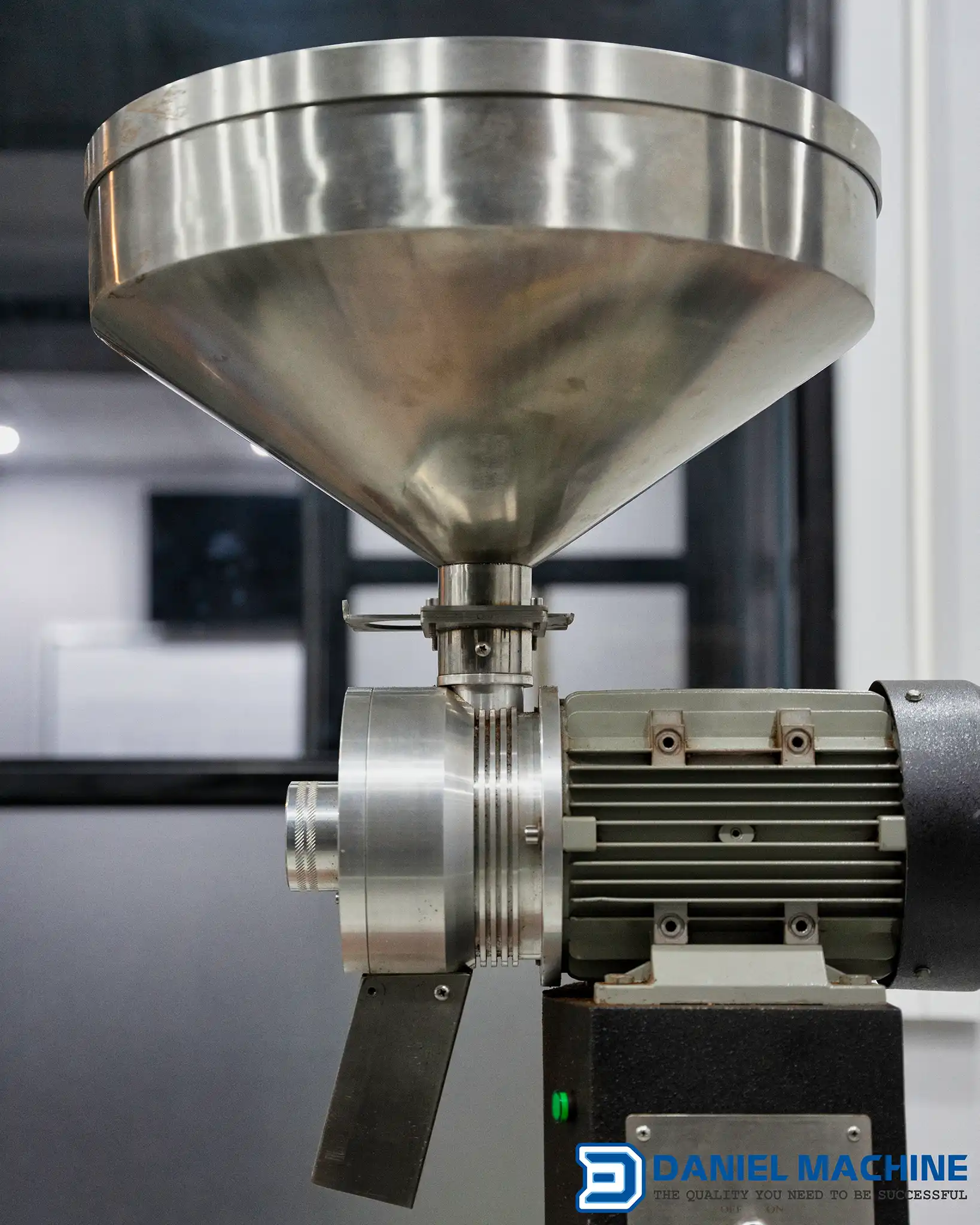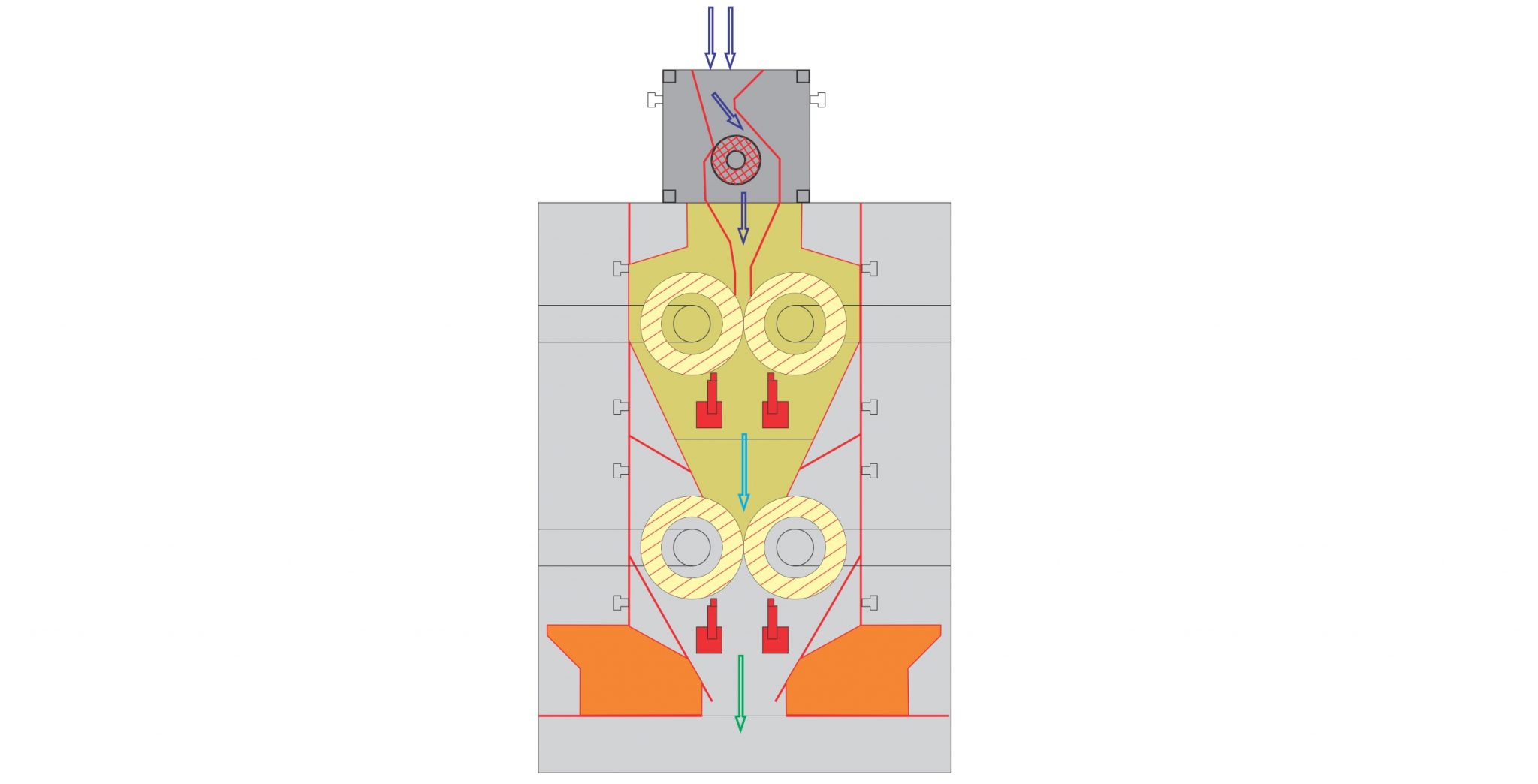Industrial Coffee Grinder: Important Qualities to Look for When Buying
Industrial Coffee Grinder: Important Qualities to Look for When Buying
Blog Article
Just How to Select the Perfect Industrial Coffee Grinder for Your Service
Picking the suitable commercial coffee grinder for your company is a diverse decision that calls for mindful consideration of numerous important aspects. Furthermore, recognizing the various types of mills available can substantially affect your functional performance.
Assess Your Grinding Needs
When selecting an industrial coffee mill, one have to first evaluate their grinding requirements to make certain optimum performance and consistency. This initial examination entails understanding the volume of coffee to be processed daily, along with the wanted work size for various brewing methods. A high-capacity grinder may be necessary for services offering huge quantities of coffee, while smaller procedures could find a much more small version enough.
Additionally, it is essential to consider the sorts of coffee beans being utilized, as various beans might need details grinding strategies to achieve the very best flavor profile. Oily beans may demand a mill created to manage such attributes without clumping or overheating.
One more critical factor is the required grind uniformity. Specialized coffee organizations often require specific work dimensions to enhance extraction and flavor, making it crucial to choose a mill that can supply uniform outcomes. Reviewing the offered space and electric requirements will aid in choosing a mill that fits perfectly right into your operational process. By thoroughly examining these factors, services can make educated decisions that line up with their coffee grinding demands, ultimately bring about an exceptional item and satisfied clients.
Understand Mill Kind
Recognizing the various kinds of industrial coffee grinders is vital for making an educated selection that meets particular functional needs. There are primarily two classifications of grinders: blade grinders and burr grinders.
Blade grinders utilize spinning blades to slice the coffee beans, leading to an inconsistent grind size - Industrial Coffee Grinder. While they may be a lot more cost effective, they are frequently not appropriate for industrial applications where accuracy is crucial
On the other hand, burr mills offer a more consistent work by crushing the beans between two surface areas. They can be more categorized right into flat burr and conical burr mills. Apartment burr grinders supply a regular work dimension and are commonly preferred for espresso preparation, while conical burr mills are functional and can take care of an array of mixture techniques, from espresso to French press.
When picking a mill, take into consideration the certain requirements of your company, including desired work uniformity, production volume, and the kinds of coffee drinks you prepare to provide - Industrial Coffee Grinder. Each grinder kind has its benefits and restrictions, so understanding these subtleties allows informed decision-making that aligns with functional objectives
Evaluate Work Size Consistency
Achieving work size consistency is crucial for generating top notch coffee, as variants in particle dimension can substantially influence extraction and taste. When choosing an industrial coffee mill, it is critical to examine how well the equipment preserves harmony in work size throughout different sets. Inconsistent grind dimensions can cause unequal extraction, leading to a cup that might taste overly bitter or weak.
To assess work size uniformity, consider grinders with attributes such as adjustable grind setups and high-grade burrs. Burr mills, particularly, visit here excel in producing consistent bit sizes compared to blade mills. The product and form of the burrs play an important role, with stainless-steel and ceramic alternatives offering longevity and accuracy.

Think About Manufacturing Ability
In the busy globe of coffee manufacturing, taking into consideration manufacturing capacity is paramount for companies aiming to satisfy demand without compromising top quality. The manufacturing ability of a commercial coffee mill straight affects a business's capability to satisfy orders effectively, handle inventory, and react to varying market patterns.
When evaluating production capacity, it is necessary to assess the grinder's output rate, usually determined in extra pounds per hour. This measurement ought to line up with your business's predicted sales quantity and development targets. A coffee shop with a high turnover might need a grinder that can refine numerous hundred pounds daily, while a smaller sized operation might be sufficient with a reduced ability design.
Furthermore, consider the sort of coffee being processed. Different beans and blends may influence grinding speed and effectiveness, requiring a mill efficient in managing varied production demands. It's also worth considering the mill's ability to maintain consistent high quality under high outcome conditions, as any changes can affect the end product.
Inevitably, picking a mill that matches your organization's manufacturing ability will certainly guarantee you continue to be competitive and responsive to client expectations.

Spending Plan and Maintenance Factors
When examining the appropriate commercial coffee maintenance, spending plan and mill variables play a significant duty in the total decision-making process,. check here A first financial investment in a high-grade mill can produce long-term benefits, yet it's necessary to establish a clear budget plan that aligns with your organization's operational needs. Think about both the purchase price and possible functional costs, such as energy consumption and replacement parts.
Industrial coffee grinders need normal upkeep to make sure optimum performance and longevity. Assess the maker's referrals for upkeep, consisting of cleaning schedules and parts substitute, as these will certainly impact long-lasting operational costs.

Spending in a mill that is sturdy yet very easy to keep can conserve cash gradually. While lower-priced alternatives might be alluring, they may incur higher upkeep costs and reduced performance. Inevitably, balancing initial costs with lasting upkeep and functional efficiency will guide you to the most effective option for your business's coffee grinding requirements.
Conclusion
Picking the excellent industrial coffee mill necessitates a thorough analysis of grinding needs, mill types, his explanation grind size uniformity, manufacturing capacity, and monetary factors to consider. By focusing on these elements, services can guarantee the purchase of a trusted, efficient grinder that satisfies specific operational demands. An appropriate mill not just enhances the high quality of the coffee generated but likewise adds to the overall success and success of the business. Long-term performance and maintenance simplicity need to remain central to the decision-making process.
Specialty coffee companies typically require accurate grind sizes to enhance removal and taste, making it crucial to select a grinder that can deliver consistent outcomes. Flat burr grinders offer a regular work size and are generally favored for coffee prep work, while cone-shaped burr grinders are versatile and can handle an array of mixture techniques, from espresso to French press.
When selecting a commercial coffee mill, it is vital to examine how well the machine keeps harmony in grind dimension throughout different sets. Burr mills, in particular, succeed in generating uniform particle dimensions compared to blade mills.Choosing the ideal commercial coffee grinder demands a detailed examination of grinding requirements, mill kinds, grind size consistency, manufacturing capability, and budgetary factors to consider.
Report this page